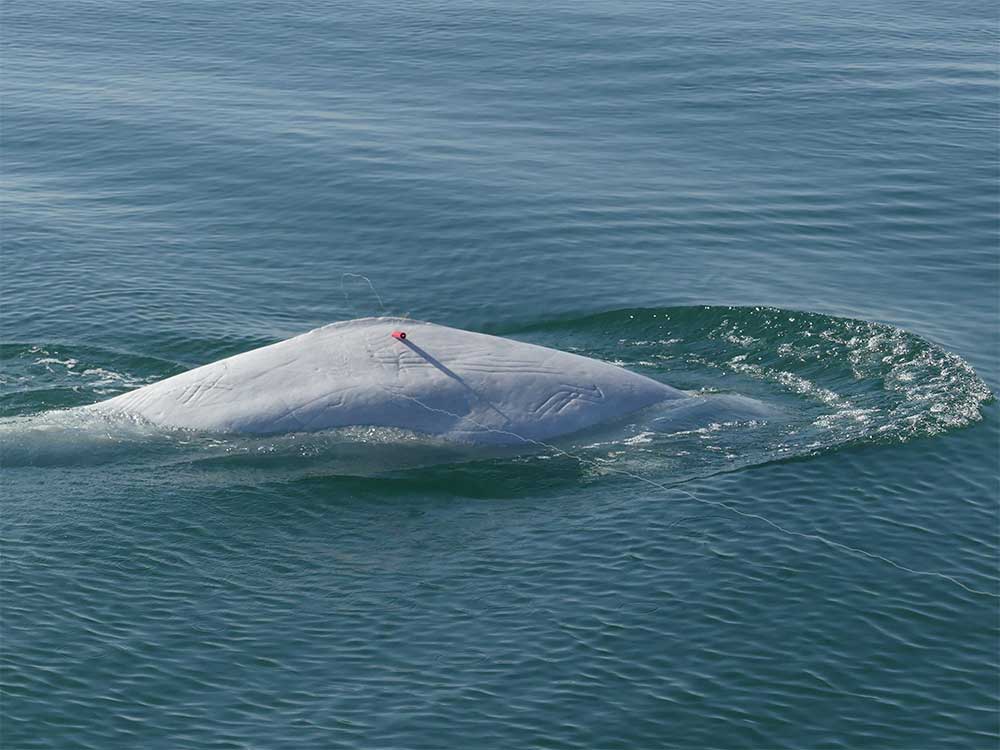Bioaccumulation and effects of environmental contaminants in St. Lawrence Estuary belugas
Description
The Beluga Whale population in the St. Lawrence Estuary (SLE) was recently listed as endangered by the Committee on the Status of Endangered Wildlife in Canada. Elevated levels of contaminants in the tissue of these whales are thought to be an important threat to the health and recovery of this population. Building on previous research, this project will investigate contaminant levels in Belugas in the estuary. Understanding the extent to which this species has been exposed to priority contaminants such as flame retardants and organochlorines (OCs), and investigating exposure-related toxicological impacts (e.g., immune system, endocrine, and reproductive effects) is a promising avenue of research for understanding natal and post-natal mortality in this population, and for ensuring its conservation.
New molecular techniques such as genomicsFootnote 1 and proteomicsFootnote 2 make it possible evaluate the effects of contaminants in whales and other cetaceans in a non-invasive way using skin biopsies. This study will use a combination of field- and laboratory-based approaches to investigate the presence of PCBs/OCs and flame retardants (including emerging compounds) in blubber biopsy samples from Belugas. Contaminant concentrations in blubber will be related to thyroid hormone levels in blubber, expression of key genes and proteins involved in hormonal regulation in skin, and the skin microbiome—the entire community of microorganisms on the skin surface. Changes in the microbial community can serve as a biomarker for early detection of altered ecosystem health. The research will develop new tools to assess how contaminants affect the biology of Belugas Whales, and improve knowledge of the biological effects of priority contaminants in this whale population. Moreover, it will inform policymakers and the general public about priority environmental issues related to the protection of species at risk and vulnerable aquatic ecosystems in Canada.
Program Name
National Contaminants Advisory Group (NCAG)
Year(s)
2017 – 2020
Ecoregion(s)
Atlantic: Gulf of St. Lawrence
Principal Investigator(s)
Dr. Jonathan Verreault
Professor, Department of Biological Sciences
Université du Québec à Montréal
- Date modified:

